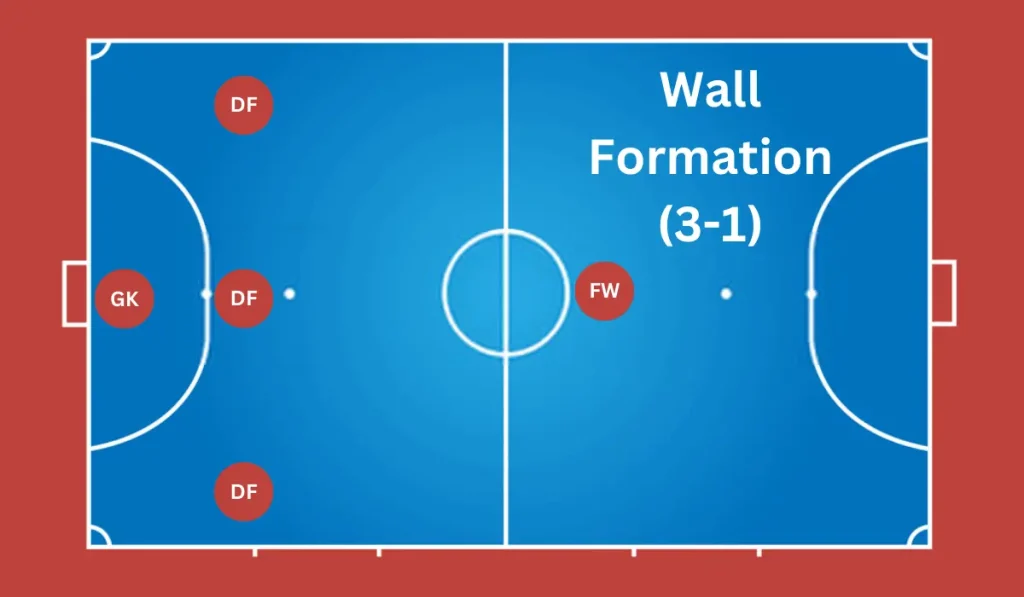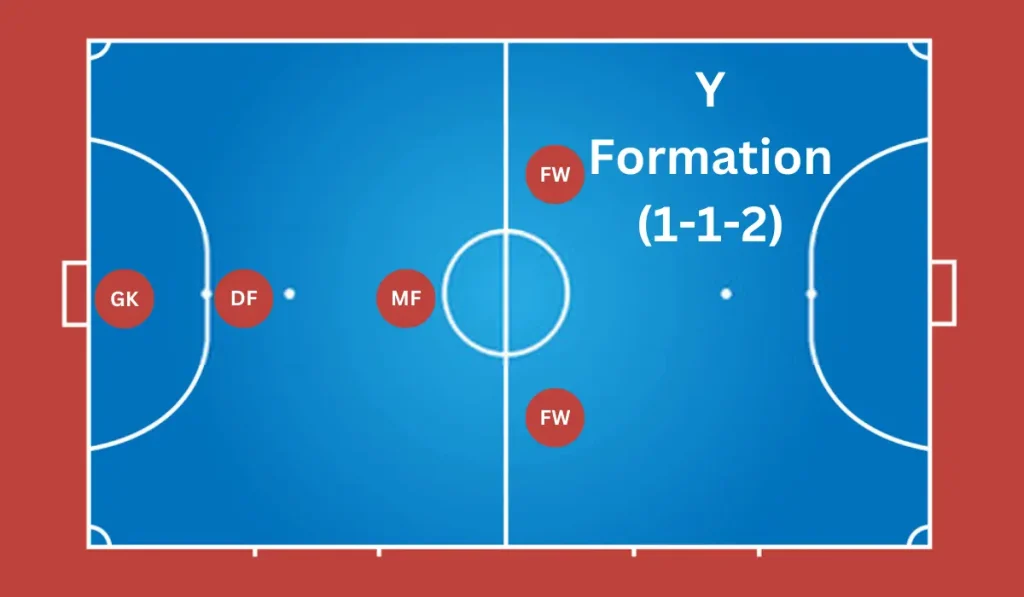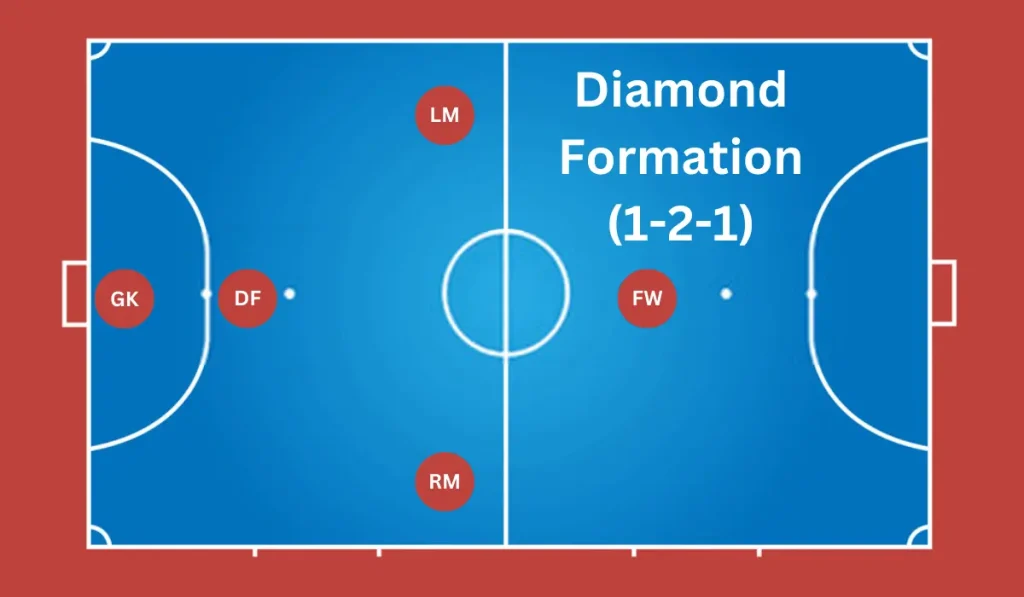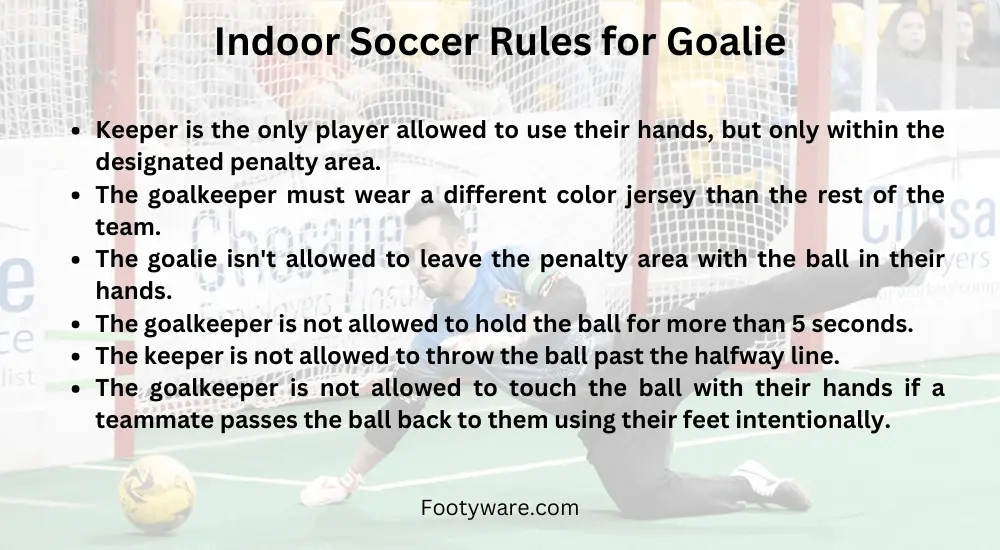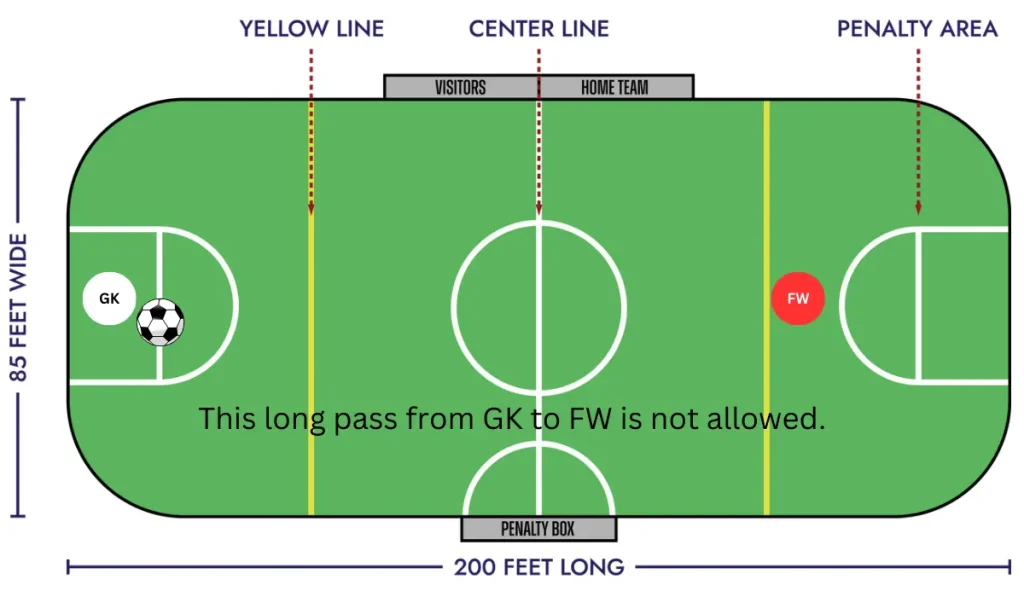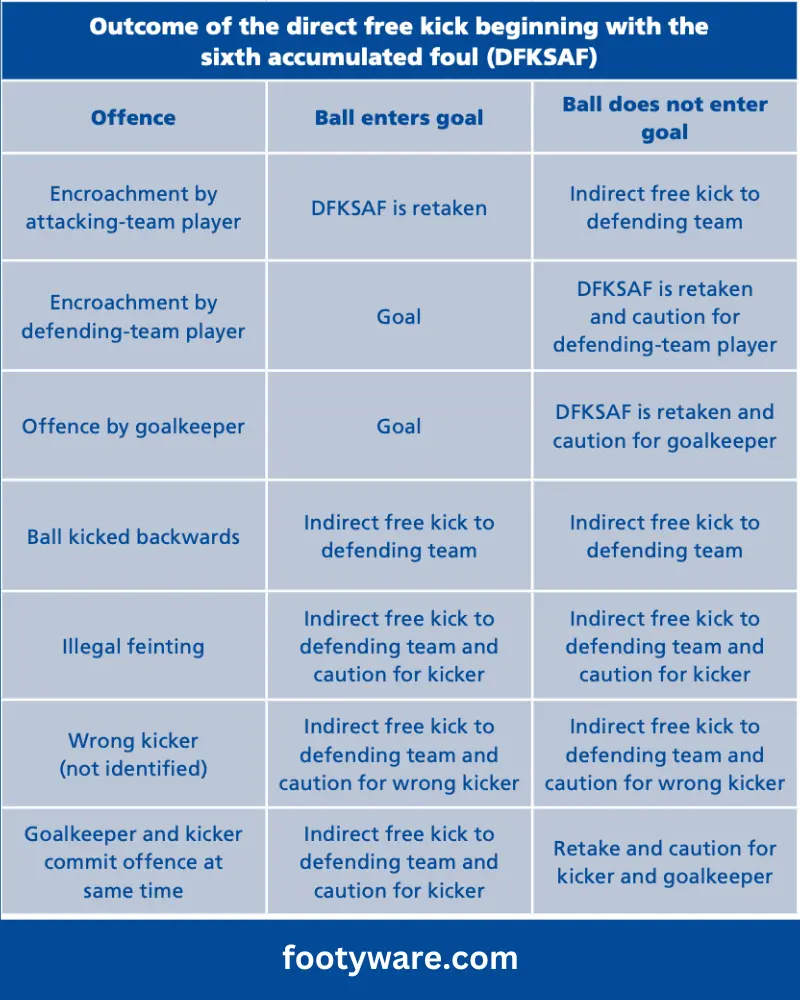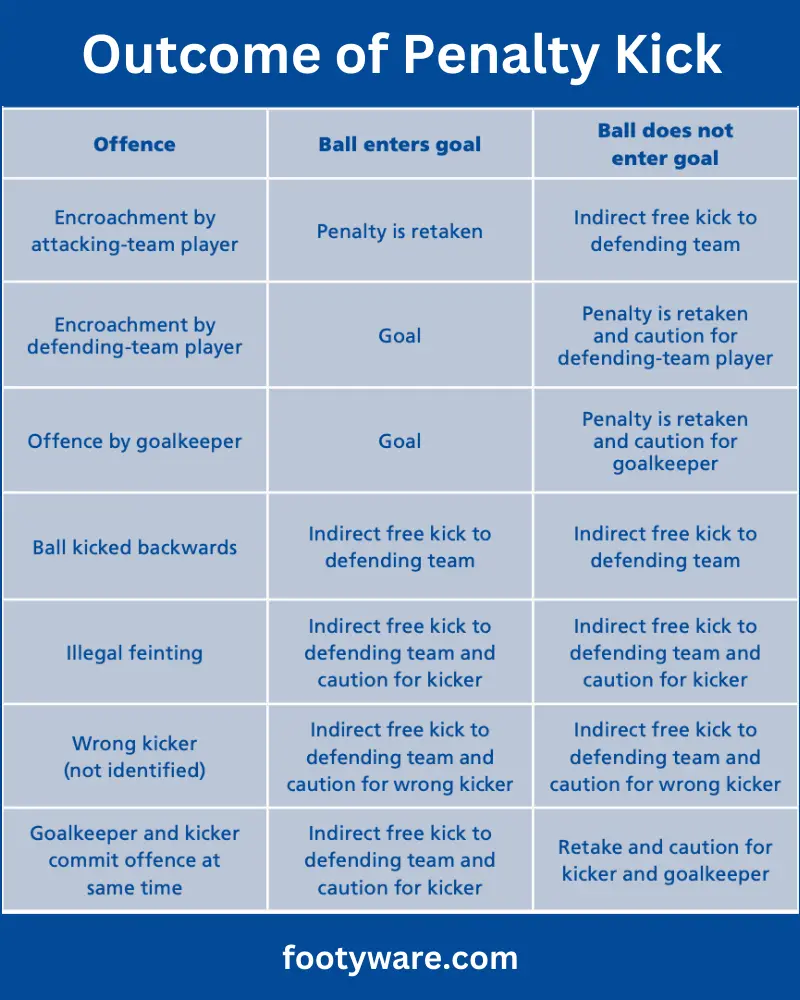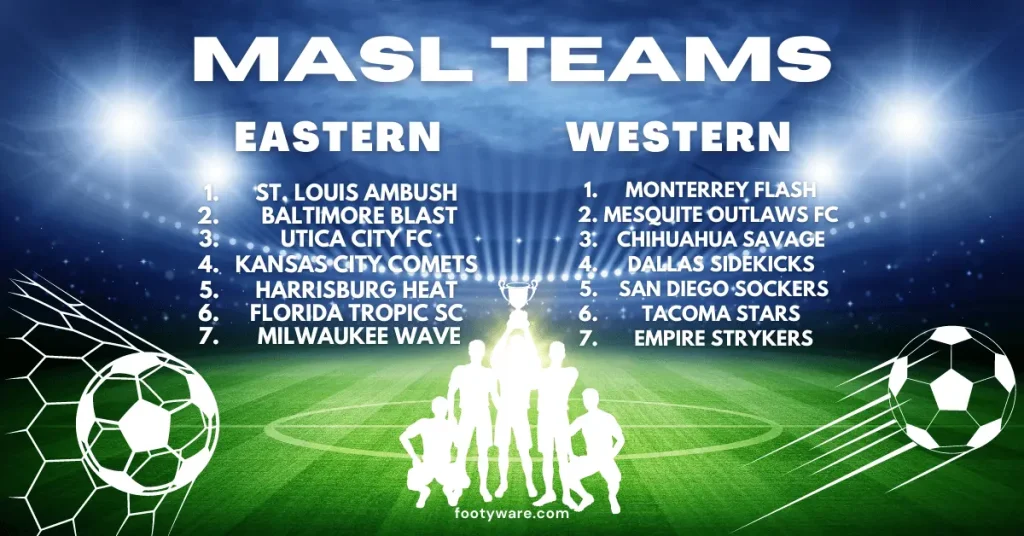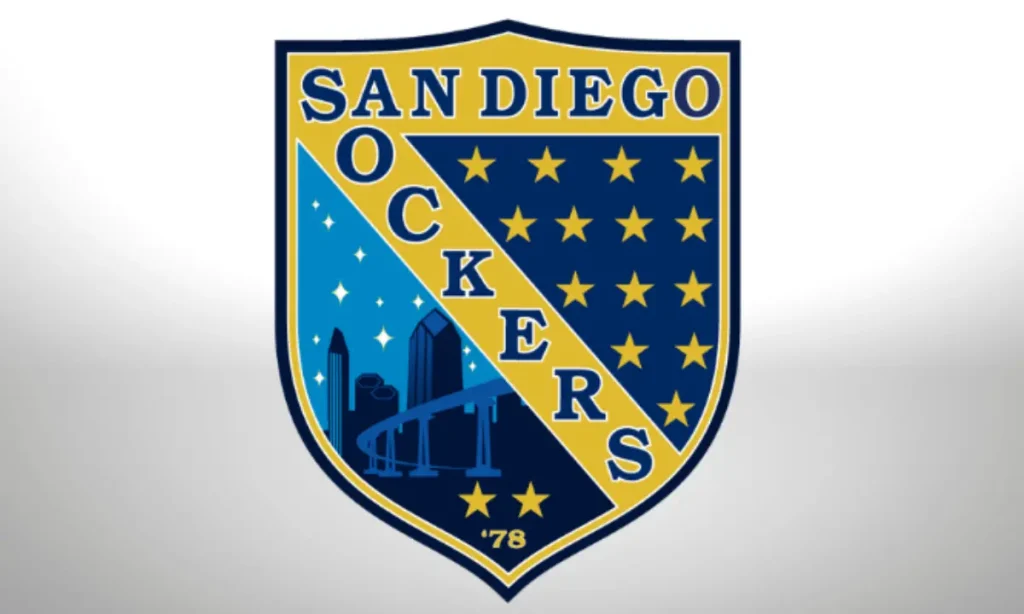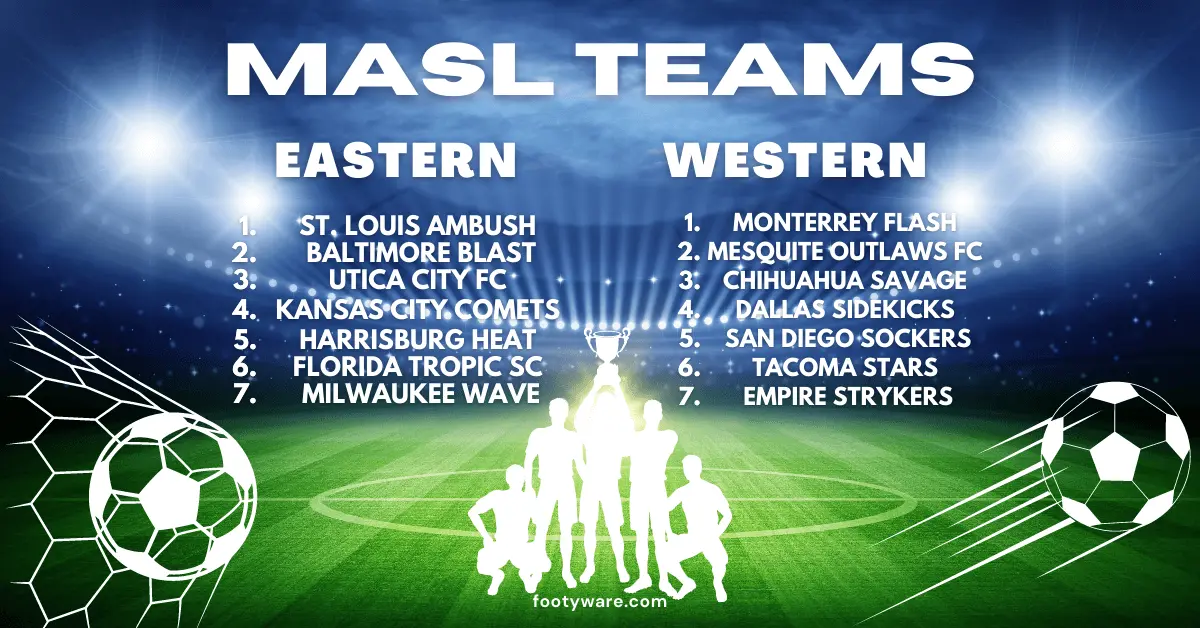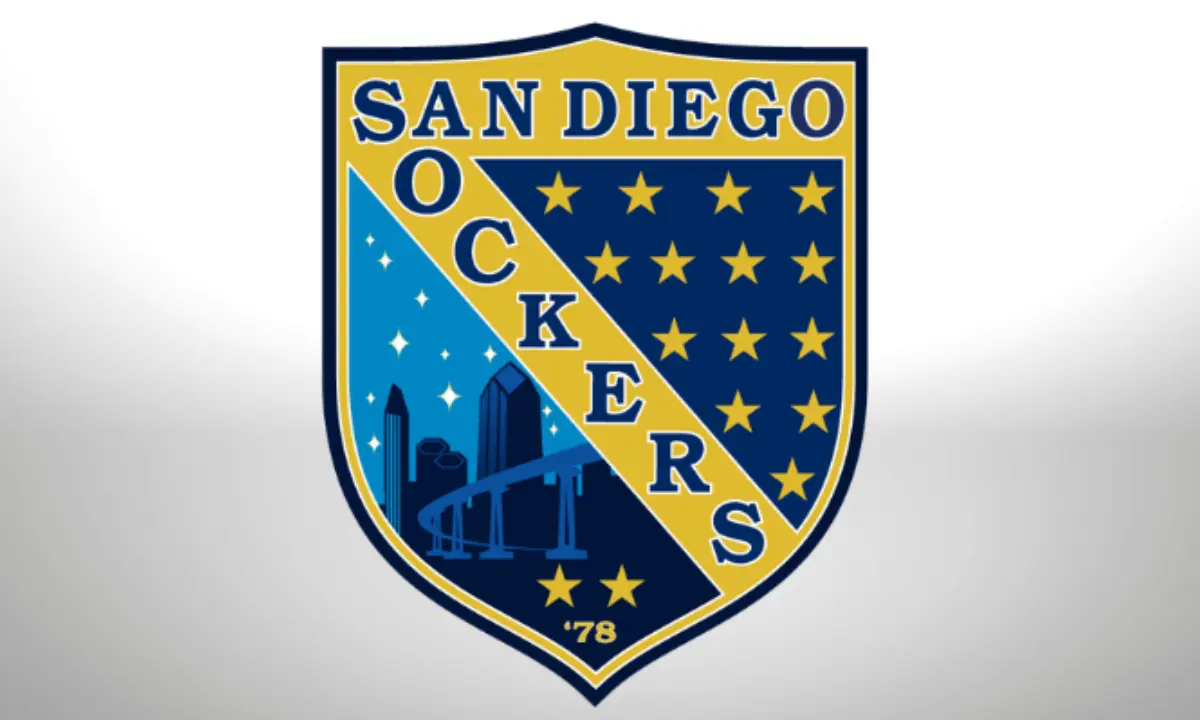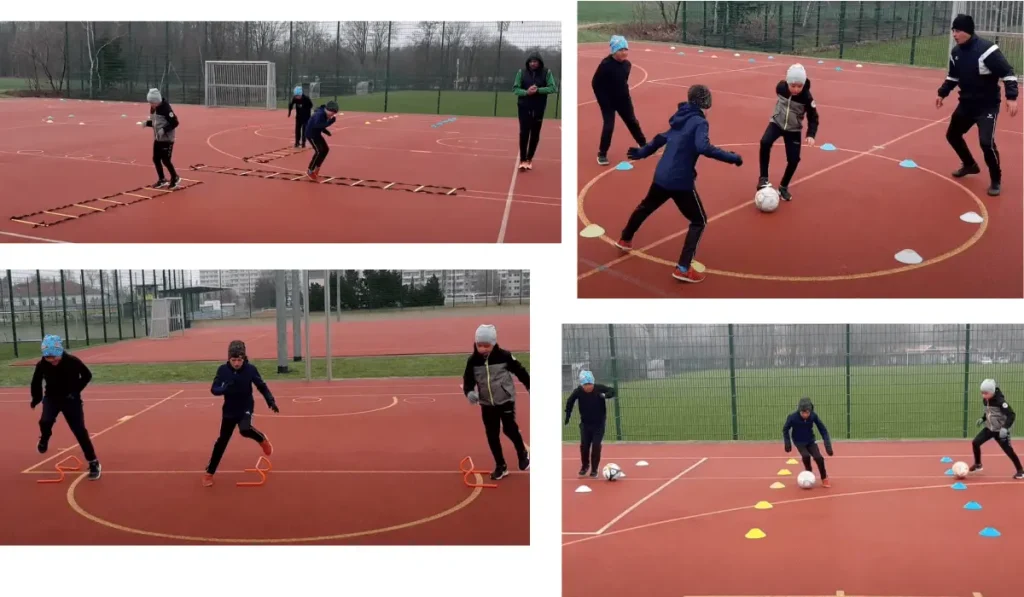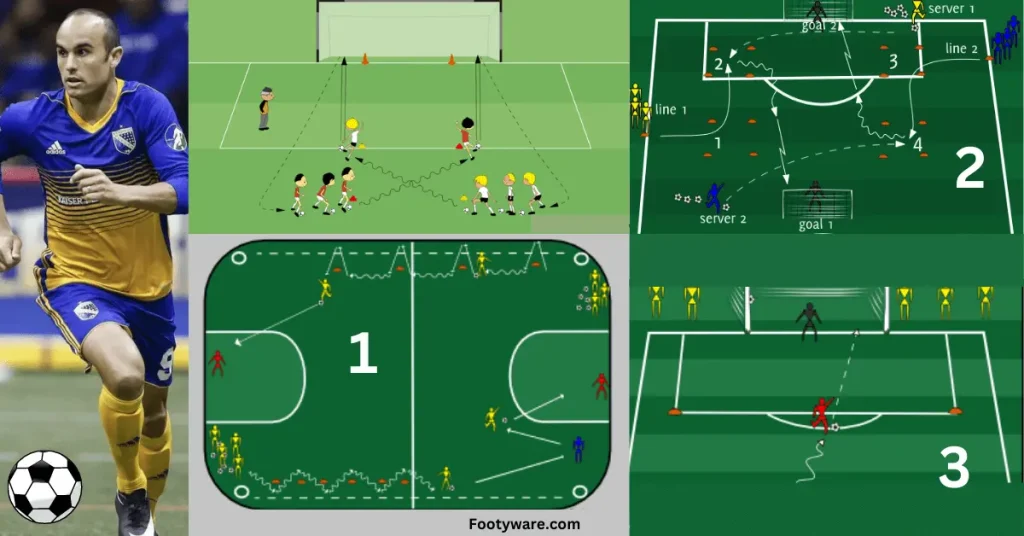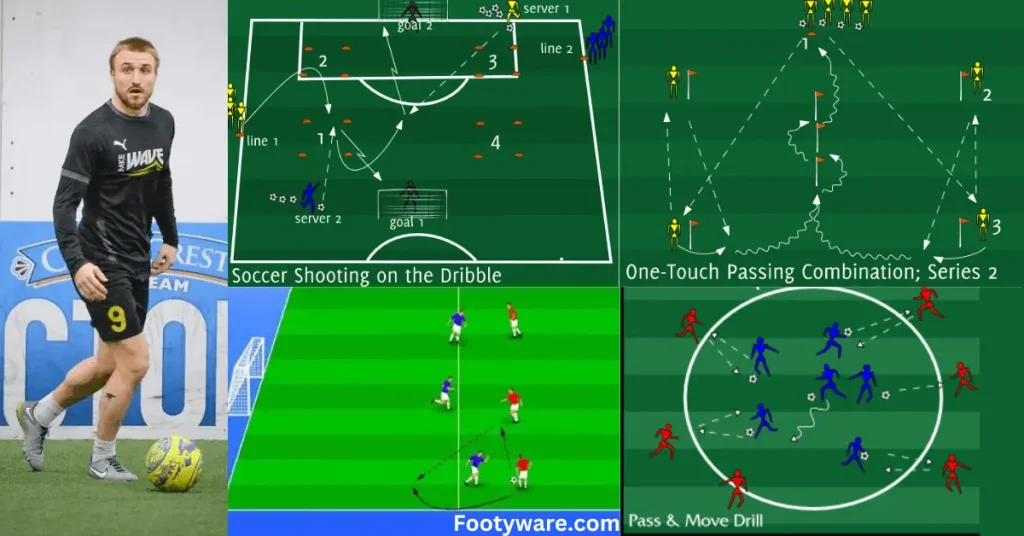Hidden Facts about Indoor Soccer
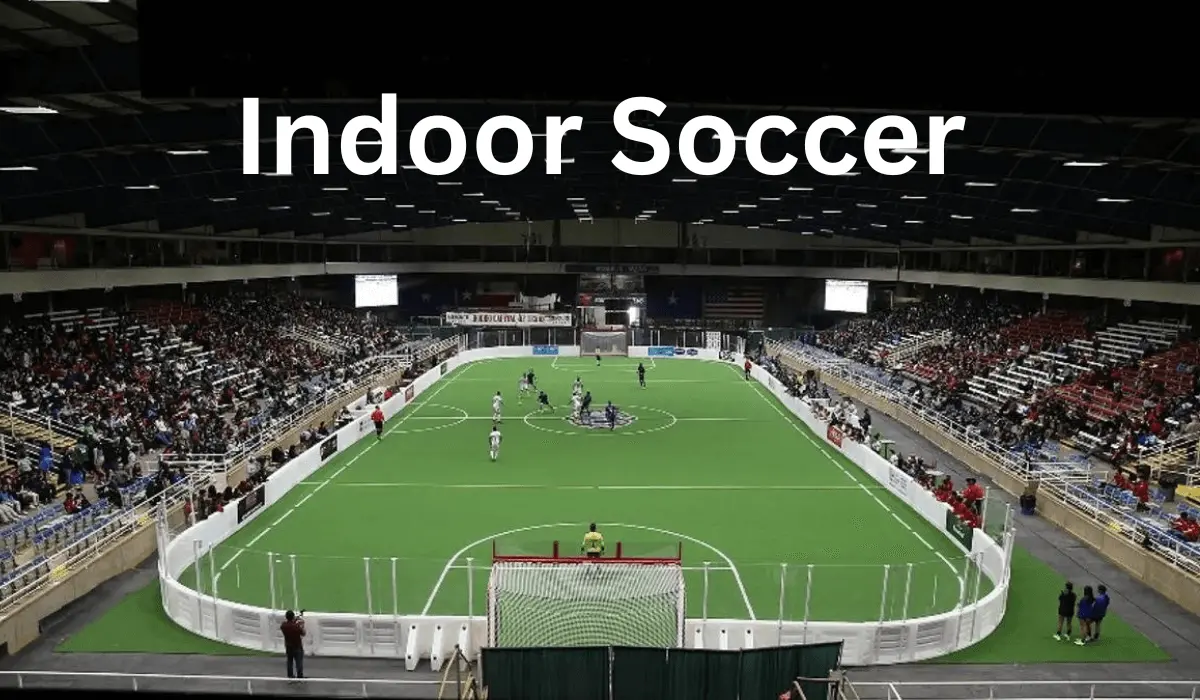
Indoor soccer is the most popular game in the United States of America, also known as arena soccer, indoor football, mini football, fast football, and floorball. It is a thrilling variation of Association Football.
| Hidden Facts about Indoor Soccer |
|---|
| The earliest indoor soccer matches were played in hockey rinks in Canada and the northern US in the 1920s and 1930s. |
| The original Major Indoor Soccer League (MISL) from 1978-1992 drew over 1 million fans per season at its peak. |
| The record for goals in a professional indoor game is 79, set in 1982 between the San Diego Sockers and the Phoenix Pride. |
| Futsal, the official FIFA-endorsed form of indoor soccer, is played at the Summer Olympics and World Cup. |
| Professional players wear indoor-specific cleats with a gum rubber flat sole for better grip on artificial turf. |
| The playing surface is called sport court or dasherboard to wall, instead of traditional field or pitch. |
| Most indoor soccer balls have a turf design with a slightly reduced bounce compared to outdoor balls. |
| The compact arena means players run an average of 5 miles per game compared to 7 miles outdoors. |
| Youth leagues implement “no score kept” rules until age 8-10 to focus on fun and development over competition early on. |
| Indoor arenas in Russia can pack in crowds of 14,000+ fans for intense professional matches. |
It’s played between two teams of 5 to 7 players with a ref according to the need of the game and players available on a rectangular indoor court surrounded by walls. When playing with your friends or mates you can mold rules according to your needs like the number of players and the size of the courts.
Indoor soccer is known for its fast-paced nature, physicality, unlimited substitutions, and non-stop action of gameplay as the ball hits off the walls and players hustle to gain possession making the game more intense and entertaining for spectators.
| Indoor Soccer on Finger Tips |
|---|
| Small-sided version of soccer for indoor arena |
| Played on plain and shiny surface |
| Originated in US and getting popular too |
| Popular leagues across USA like MASL, NISL |
| Governed by World Minifootball Federation, Association Football |
| Unique rules than Outdoor Soccer Like no Offside |
| Emphasizes technical skills like Dribbling and Close Ball Control |
| Play year-round, Not affected by harsh weathers |
| Develops agility, explosiveness and versatility in soccer players |
Though derived from traditional 11-a-side outdoor soccer, indoor soccer has evolved over the decades into its distinct sport with specialized rules, strategies, and skills to master like dribbling, passing, shooting, shielding the ball, and also being creative and calm with the ball.
Origin of Indoor Soccer
Indoor soccer has its origins in North America as a way to play the beautiful game during the harsh winters. In the late 1920s, some of the earliest competitions took place in hockey arenas in Canada and the northern United States.
Teams played with a makeshift inflated ball on the ice rink with boards constructed to keep the ball contained and make the game more controlled and easy to dribble and pass the ball on the court.
The formation of organized indoor leagues kicked off in the late 1970s and early 80s, spearheaded by the Major Indoor Soccer League (MISL), featuring teams across the US and Canada.
| Key Events in Indoor Soccer History |
|---|
| Indoor soccer originated in North America in the 1920s as a winter sport played in hockey arenas in start |
| Teams used a less bounce ball and constructed boards to keep play contained on the ice rink |
| Organized professional leagues formed in the 1970s-80s, led by the Major Indoor Soccer League (MISL), now MASL and NISL |
| Stars like Steve Zungul and Branko Segota popularized indoor soccer with prolific scoring records |
| New leagues spread the sport across the globe, both professionally and recreationally |
| FIFA-endorsed futsal emerged as the officially regulated indoor form of soccer played on hard and shiny courts |
| Today over 15 million players play indoor soccer in North America, with giants in Russia, Ukraine, and Uzbekistan |
Early stars of the MISL included legends like Steve Zungul, Branko Segota, and Juli Veee, who popularized the sport with their prolific scoring feet and made the game more exciting and enticing for the spectators and increased fan base of indoor soccer.
Over the next few decades, new leagues formed like the National Professional Soccer League (NPSL) and later the Major Arena Soccer League (MASL). Indoor soccer’s popularity spread across Europe, South America, and Asia with both professional and amateur competitions.
FIFA-endorsed futsal, played on a hard, shiny, and plain court surface, is the officially regulated form of indoor soccer promoted by the world governing body.
Today, indoor soccer is played recreationally by over 15 million participants in North America across school, club, college, and professional levels. It continues to grow globally as an exciting spectator sport, especially in hotbed countries like Russia, Ukraine, and Uzbekistan where arenas pack in raucous crowds.
Basic Rules of Soccer Indoors
| Gameplay Basics |
|---|
| Played on 200 x 85 ft court with tall walls to keep the ball in play |
| Goals are 6.5-8 ft high, 12-15 ft wide |
| 4 quarters of 15 mins with unlimited subs is allowed |
| 6 players per team including goalie |
| No positional restrictions except goalie can use hands in defined area |
Common formations include three defenders, two mids, and a striker.
| Key Rule Differences from Outdoor Soccer |
|---|
| No offsides |
| Kick-ins instead of throw-ins when the ball goes out |
| The ball can be played off the walls in indoor soccer |
| 5 fouls are allowed per team before penalties |
| Two-minute power play penalties for flagrant fouls |
| Tie games are often decided by shootouts |
Indoor soccer is played on a court about 200 feet long by 85 feet wide, surrounded by tall walls to keep the ball in constant play. Indoor soccer goals are small by soccer standards, ranging from 6.5 to 8 feet tall and 12 to 15 feet wide.
Matches consist of four 15-minute quarters with unlimited substitutions on the fly to maintain the fast pace. Teams have just six players including a goalkeeper, with no set positional restrictions.
Common strategic formations in indoor soccer feature three defenders, two midfielders, and a striker, but players often switch roles fluidly depending on the game situation. With the ball regularly hitting off the walls, indoor soccer needs close ball control and handling skills. Shooting accuracy is also vital given the small goals.
Major rule changes from outdoor soccer include no offsides in indoor soccer, kick-ins instead of throw-ins, and playing the ball off the walls to maintain possession. Teams get 5 fouls before penalties, and flagrant fouls lead to 2-minute power play situations.
With the action rarely stopping, communication and vision are key to making quick passes and defending in close quarters.
Indoor Soccer Competitions
| Leagues and Events |
|---|
| Popular in North America at pro, college and youth levels |
| Major Arena Soccer League is top US pro league |
| Premier Arena Soccer League hosts competitions |
| Colleges like Illinois and Grand Valley State have teams |
| Most high schools have winter indoor teams |
| World Minifootball Federation World Cup held every 2 years |
Indoor soccer is popular across North America at the professional, collegiate, and youth levels. The top men’s pro league is the Major Arena Soccer League (MASL) featuring about 15 teams across the US. The Premier Arena Soccer League (PASL) also hosts semi-pro and youth competitions.
Major college soccer powers like the University of Illinois and Grand Valley State have successful indoor varsity programs that compete in an NCAA-sanctioned season from November through February. Most high schools also sponsor winter indoor teams.
On the international stage, the biennial World Minifootball Federation (WMF) World Cup attracts over 25 countries to determine the top indoor soccer nation. Russia, Ukraine, Kazakhstan, and the U.S. have traditionally dominated the prestigious tournament.
Equipment Mostly Used Indoors
| Equipment and Gear |
|---|
| Indoor shoes with non-marking rubber outsole instead of cleats |
| Smaller ball with less bounce for controlled play |
| Seamless, durable ball cover for wall plays |
| Shin guards for protection |
| Padded gloves and sleeves recommended |
| Lightweight, breathable uniforms |
Footwear is a key consideration when playing indoor soccer. The court surface calls for athletic shoes with good grip instead of studded cleats. Many players opt for indoor-specific shoes with a flat rubber sole to allow quick cuts and changes in direction.
The ball used is slightly smaller with a reduced bounce to aid controlled passing and shooting in tight spaces. The outer cover is seamless and abrasion-resistant for durability against wall plays.
For safety, shin guards are highly recommended along with padded gloves and elbow/knee sleeves. Lightweight, breathable fabrics like polyester and spandex allow freedom of movement when buying uniforms and gear.
Skills, and Positions in Indoor Soccer

Indoor soccer rewards technical mastery of the ball given the tight spaces. Close-control dribbling, crisp passing, and pinpoint shooting accuracy are vital offensive skills. Defensively, quick feet and smart positioning are key to contain attacking players.
Goalkeepers must be agile shot-stoppers but also adept at distributing the ball to teammates immediately on saves rather than punting. Communicating and organizing positions in indoor soccer and the defense is a crucial goalie responsibility.
| Skills and Positional Play |
|---|
| Close control dribbling vital in tight spaces |
| Accurate passing and shooting essential |
| Goalies must distribute ball quickly after saves |
| Defenders focus on man marking and blocking shots |
| Midfielders transition between offense and defense |
| Forwards specialize in clinical finishing |
Defenders focus on man-to-man marking, shepherding opposing forwards away from the goal, and blocking shooting lanes. Wing defenders must also join the attack down the sidelines when the opportunity arises.
Midfielders act as two-way engines in the center, supporting both offense and defense. They win loose balls, switch fields with passes, and supply forwards to initiate attacks. Strikers specialize in finishing chances in the box with clinical shooting techniques.
Drills and Tactics to Lead
| Set Plays and Tactics |
|---|
| Corner kicks rehearsed using walls |
| Bank shots off boards to unmarked players |
| High-pressure defenses force turnovers |
| Rapid counters off wall passes |
| Zone defenses limit chances |
Indoor soccer drills are of greater significance given the expanded use of walls. Power plays and corner kicks can be rehearsed to set up quick goals. Many teams design corner routines to bank shots off the end boards into the goal mouth area for unmarked teammates to slot home.
Tactically, high-pressure defenses are common to force turnovers in the attacking third. Offenses use rapid counters by playing long passes off the wall to hit forwards behind the defense. Given the high-scoring nature, some teams may employ zone defenses akin to basketball to limit chances.
Health and Safety on Shiny Court
Indoor soccer’s intense nature places considerable physical demands on players. Thorough warmups and paying attention to conditioning help prevent injuries like sprained ankles and blown knees which are common.
Proper protective equipment like shin guards is a must. Many facilities mandate mouthguards as well to avoid dental injuries. Concussions from collisions with the wall or other players remain a concern, so neck-strengthening exercises are recommended.
Dasher board collisions can be dangerous, so players should avoid recklessly checking opponents into the walls. Padding has improved safety but accidental board contact still occurs regularly.
| Benefits of Indoor Soccer |
|---|
| Play year-round regardless of weather |
| Burns calories and improves fitness |
| Enhances agility, balance and coordination |
| Develops explosive power and quickness |
| Sharpens shooting and dribbling skills |
| Tests decision-making under pressure |
| Builds teamwork, communication and leadership |
Future of Indoor Soccer
Indoor soccer is poised for even greater growth at all levels given its fast pace and exciting spectator appeal. Youth participation numbers continue trending upward as kids are introduced to the sport via camps and school programs.
In terms of the professional game, securing lucrative sponsorships and media rights deals will provide stability to the top leagues and allow them to expand their footprint.
With indoor soccer already a passion in hotbed nations like Russia and Ukraine, the next frontiers for growth include China, Brazil Southeast Asia, and Africa. As the facility’s infrastructure improves in these regions, interest in the indoor game will likely soar and enhance its global following.
Conclusion of Indoor Soccer
Indoor soccer has cemented itself as an exciting variant of the beautiful game of soccer with its own distinct identity. What started nearly a century ago as an improvised winter sport played with a makeshift ball in North American hockey rinks has evolved into a professional and recreational phenomenon across the globe not only in the US.
Millions now play organized indoor soccer at elite, college, high school, and youth club levels worldwide. Top professional indoor soccer leagues like the MASL in North America and the WMF internationally fuel the competitive arena soccer scene. Players wear specialized cleats with grip suited for indoor fields.
Internationally, over 25 countries compete in the biennial World Minifootball Federation (WMF) World Cup tournament to determine the top indoor soccer nation. Powerhouses like Russia, Ukraine, and the U.S. have traditionally dominated the prestigious cup.
Indoor soccer’s fast-paced, in-your-face action in the closed arena setting provides great off-season training for developing critical skills like dribbling, shooting accuracy, and agility in tight spaces. Tactically, teams focus on counterattacking down the channels and scoring on rapid-fire set plays off the walls.
With smaller 5-6 player rosters, unlimited substitutions, dasher boards, and constant action as the ball stays in play off the walls, indoor soccer has carved out a distinct identity from its 11-a-side outdoor parent sport. Players must make split-second decisions on passes, positioning, and defending in the compact indoor field.
The inclusive community spirit, accessibility for youth players, and exciting play under arena lights ensure indoor soccer continues growing its passionate global following. From local rec leagues to pro indoor powerhouses, fans and players alike are drawn to the fast-paced, high-scoring indoor matches full of nonstop end-to-end action.
As facilities improve and technology like tracking sensors enhances analysis, indoor soccer is poised for even greater growth both recreationally and competitively across clubs, schools, and professional leagues worldwide.

